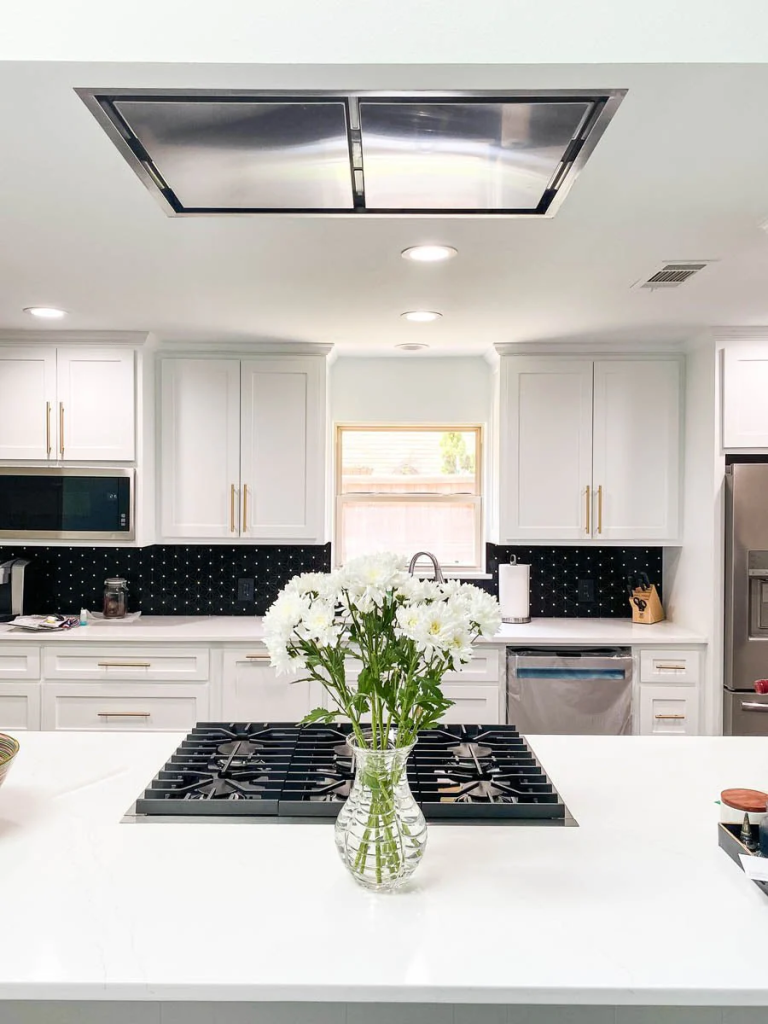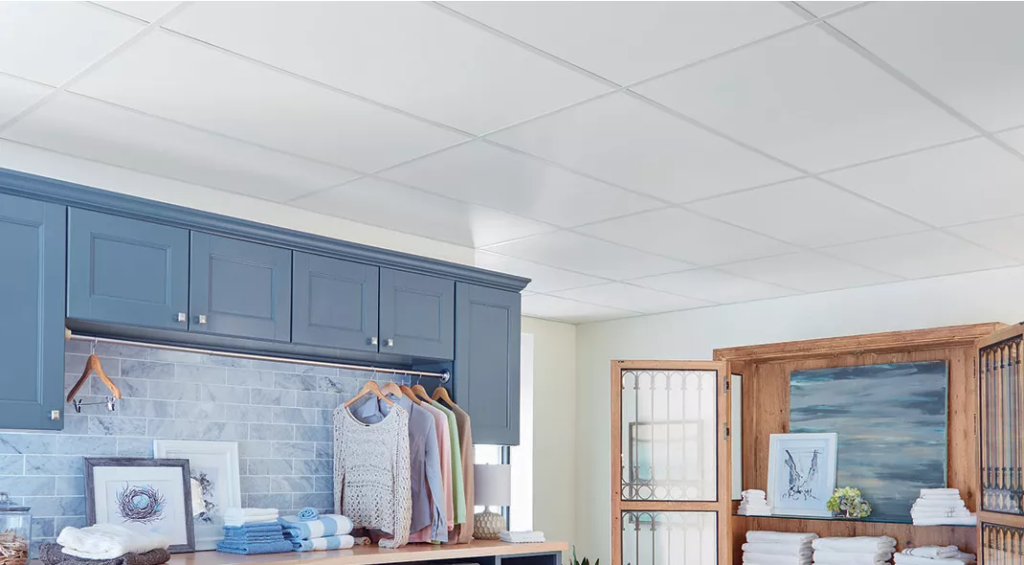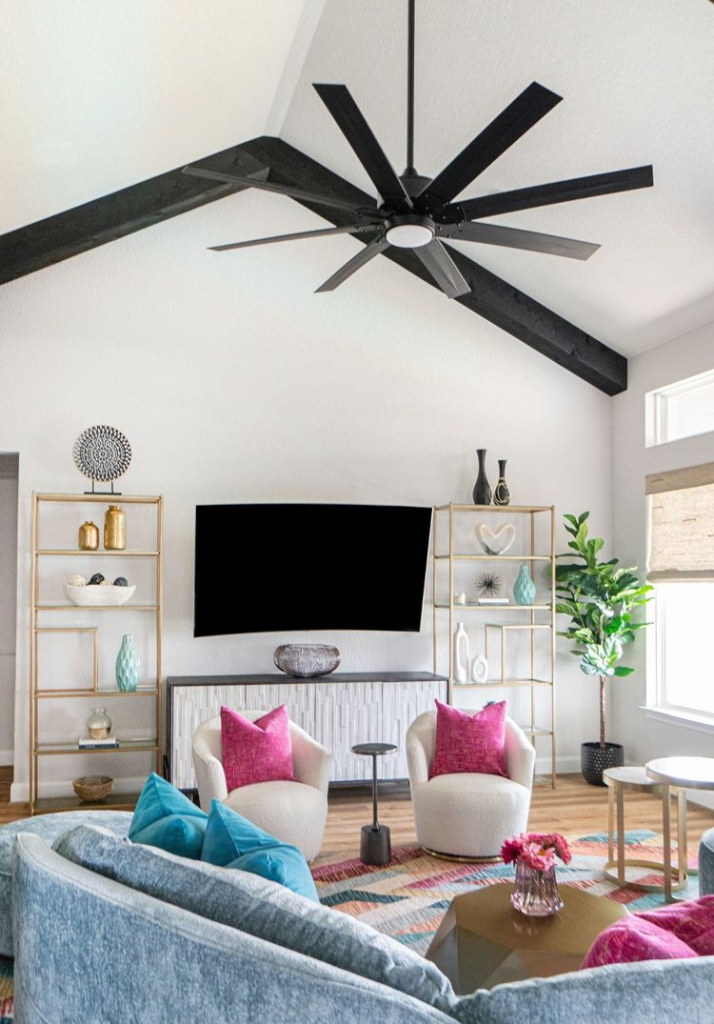When it comes to kitchen ventilation, many homeowners are on the lookout for solutions that effectively eliminate smoke, steam, and odors without compromising aesthetics. One popular option that has gained traction in recent years is the ceiling mount ductless range hood. These innovative appliances provide efficient ventilation while adding a stylish touch to your kitchen. In this comprehensive guide, we will explore the features, benefits, installation, maintenance, and everything else you need to know about ceiling mount ductless range hoods.

What Is a Ceiling Mount Ductless Range Hood?
A ceiling mount ductless range hood is a type of kitchen ventilation system designed to be installed on the ceiling above the cooking area. Unlike traditional range hoods that vent air outside through ductwork, ductless range hoods filter and recirculate air back into the kitchen. This is achieved using a filtration system that captures grease, smoke, and odors, ensuring a cleaner and more pleasant cooking environment.
Read too: How To Extend Kitchen Cabinets To The Ceiling: A Complete Guide for Maximizing Space and Style
Key Features of Ceiling Mount Ductless Range Hoods
- Design Versatility: One of the standout features of ceiling mount ductless range hoods is their modern design. They come in various styles, finishes, and sizes, making it easy to find one that complements your kitchen decor.
- Powerful Filtration: These hoods utilize multi-layer filtration systems, often including charcoal filters and mesh filters. This combination effectively captures cooking fumes and odors, allowing for a cleaner kitchen atmosphere.
- Adjustable Fan Speeds: Many ceiling mount ductless range hoods come equipped with multiple fan speed settings, allowing you to adjust the airflow based on your cooking needs.
- Quiet Operation: Unlike some traditional range hoods that can be noisy, many ductless models are designed to operate quietly, allowing you to carry on conversations while cooking.
- Energy Efficiency: Most ceiling mount ductless range hoods use LED lighting, which not only illuminates your cooking space but is also energy-efficient.
Benefits of a Ceiling Mount Ductless Range Hood
Investing in a ceiling mount ductless range hood offers several advantages that enhance your cooking experience and kitchen environment. Here are some of the key benefits:
1. Improved Air Quality
A ceiling mount ductless range hood significantly enhances indoor air quality by filtering out grease, smoke, and odors. This is especially beneficial in open-concept homes where kitchen smells can easily permeate living areas.
2. Aesthetic Appeal
The sleek design of ceiling mount ductless range hoods can elevate the overall appearance of your kitchen. They serve as a stylish focal point while providing the necessary ventilation without bulky ductwork.
3. Space-Saving Design
For homeowners with limited kitchen space, ceiling mount ductless range hoods offer a practical solution. They don’t require extensive ductwork, making them easier to install in various kitchen layouts.
4. Flexibility in Placement
Since ductless range hoods do not require external ventilation, you can place them virtually anywhere in your kitchen. This flexibility allows for better design options and the ability to customize your kitchen layout.
5. Cost-Effective Installation
Installing a ductless range hood is often less costly and time-consuming than traditional vented systems, which require extensive ductwork and modifications. This makes them an attractive option for remodels or new kitchen designs.
How to Choose the Right Ceiling Mount Ductless Range Hood
When selecting a ceiling mount ductless range hood, several factors should be considered to ensure you choose the right model for your needs:
1. Size and Height
The size of the hood should correspond to your cooktop’s width to ensure adequate coverage. Typically, a hood should be at least as wide as the cooking surface. Additionally, consider the height of the installation; most experts recommend installing the hood 24 to 30 inches above the cooking surface for optimal efficiency.
2. Airflow Capacity
The airflow capacity of a range hood is measured in cubic feet per minute (CFM). The higher the CFM, the more air the hood can effectively filter. For standard cooking, a hood with a CFM rating between 300 and 600 is usually sufficient. However, if you frequently use high-heat cooking methods or have a large cooktop, you may need a unit with higher CFM ratings.
3. Filtration System
Evaluate the type of filtration system the hood uses. Most ductless hoods employ charcoal filters, which need to be replaced regularly. Look for models with easy-to-replace filters to simplify maintenance.
4. Noise Level
The noise level of a range hood can impact your cooking experience. Check the decibel rating of the model you’re considering; quieter models (below 60 decibels) are generally more desirable for everyday use.
5. Style and Finish
Choose a style and finish that complements your kitchen decor. Whether you prefer stainless steel, black, or custom finishes, selecting a design that fits your aesthetic will enhance the overall appeal of your kitchen.
Installation of Ceiling Mount Ductless Range Hoods
Installing a ceiling mount ductless range hood is a manageable DIY project for many homeowners, but it’s essential to follow the manufacturer’s instructions carefully. Here’s a step-by-step guide to installation:
1. Gather Your Tools
Before you begin, make sure you have the following tools:
- Screwdriver (flathead and Phillips)
- Ladder
- Tape measure
- Level
- Electrical tape
- Wire stripper
- Drill
2. Prepare the Installation Site
Turn off the power supply to the circuit where the hood will be installed. Use a tape measure to determine the appropriate height for installation, typically 24 to 30 inches above the cooking surface.
3. Mark the Mounting Bracket Location
Using a level, mark the position for the mounting bracket on the ceiling. Ensure it is centered above the cooktop.
4. Install the Mounting Bracket
Secure the mounting bracket to the ceiling using the appropriate screws and anchors, making sure it is firmly in place.
5. Connect the Wiring
Carefully connect the electrical wiring according to the manufacturer’s instructions. Generally, this involves connecting the hood’s wires to the existing wiring in the ceiling. Use electrical tape to secure connections.
6. Attach the Hood
Lift the ductless range hood and attach it to the mounting bracket. Make sure it is level and securely fastened.
7. Install Filters
Insert any necessary filters according to the manufacturer’s instructions. Most range hoods will have a designated space for charcoal filters, which should be easily accessible for replacement.
8. Test the Hood
Once everything is installed, turn on the power and test the range hood. Ensure that the lights work and that the fan operates correctly.
Maintenance of Ceiling Mount Ductless Range Hoods
To ensure your ceiling mount ductless range hood operates efficiently, regular maintenance is essential. Here are some tips to keep your range hood in top condition:
1. Clean the Filters Regularly
Filters should be cleaned every few months, or more frequently if you cook often. Most charcoal filters are not washable and should be replaced according to the manufacturer’s guidelines.
2. Wipe Down the Exterior
Regularly wipe down the exterior of the hood with a damp cloth to remove grease and dirt. Avoid using harsh chemicals that may damage the finish.
3. Inspect the Fan and Motor
Periodically check the fan and motor for any signs of wear or debris buildup. Keeping these components clean will help maintain airflow and prolong the lifespan of the hood.
4. Schedule Professional Maintenance
Consider scheduling professional maintenance annually or bi-annually to ensure your ductless range hood remains in optimal condition. A professional can perform a thorough inspection and clean the internal components.
Conclusion
A ceiling mount ductless range hood is an excellent addition to any kitchen, combining functionality and style to enhance your cooking environment. With their efficient filtration systems, versatile designs, and ease of installation, they provide an effective solution for maintaining a clean and pleasant kitchen atmosphere. By selecting the right model, following proper installation procedures, and conducting regular maintenance, you can enjoy the benefits of improved air quality and a beautiful kitchen for years to come.


















